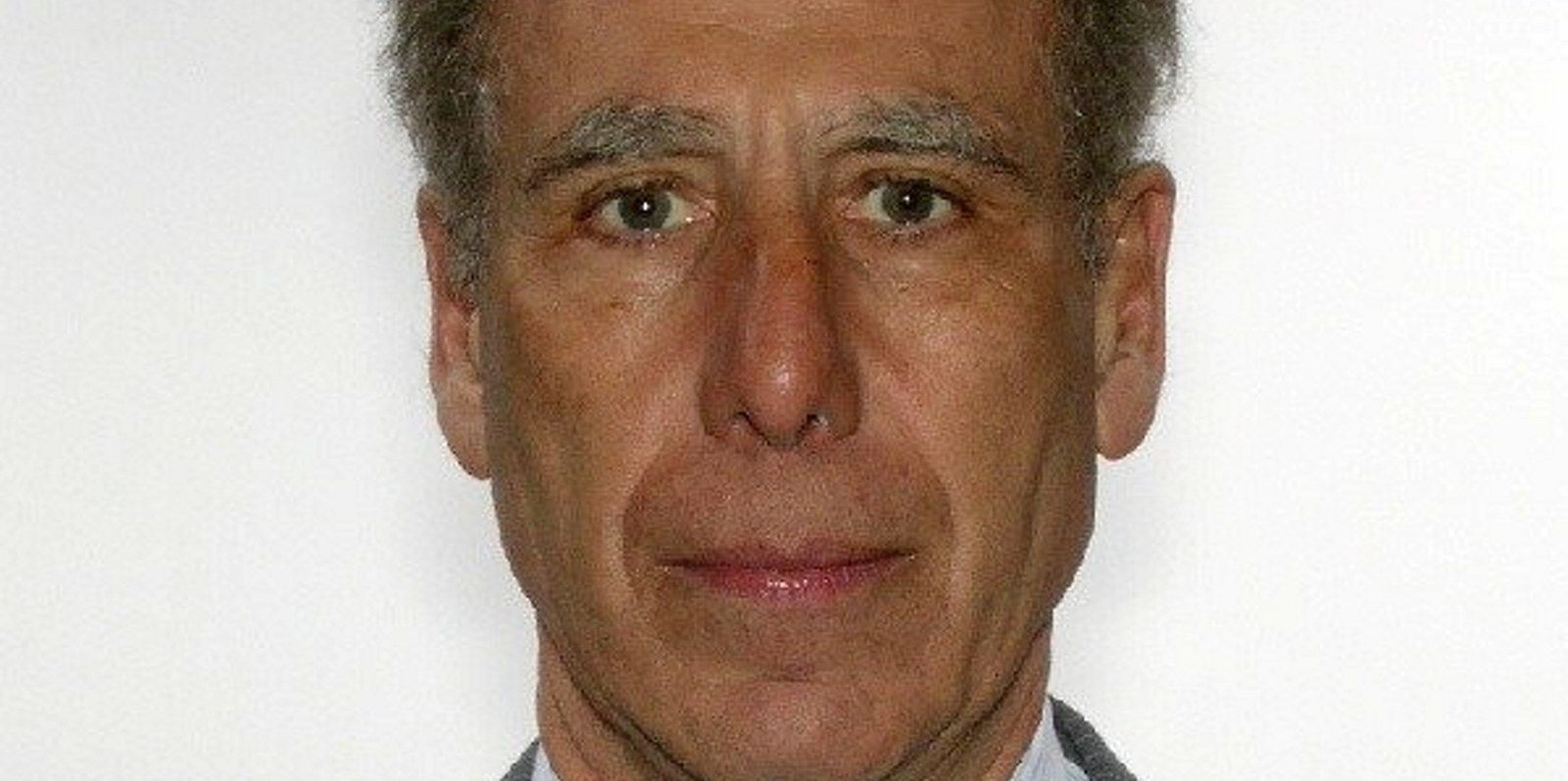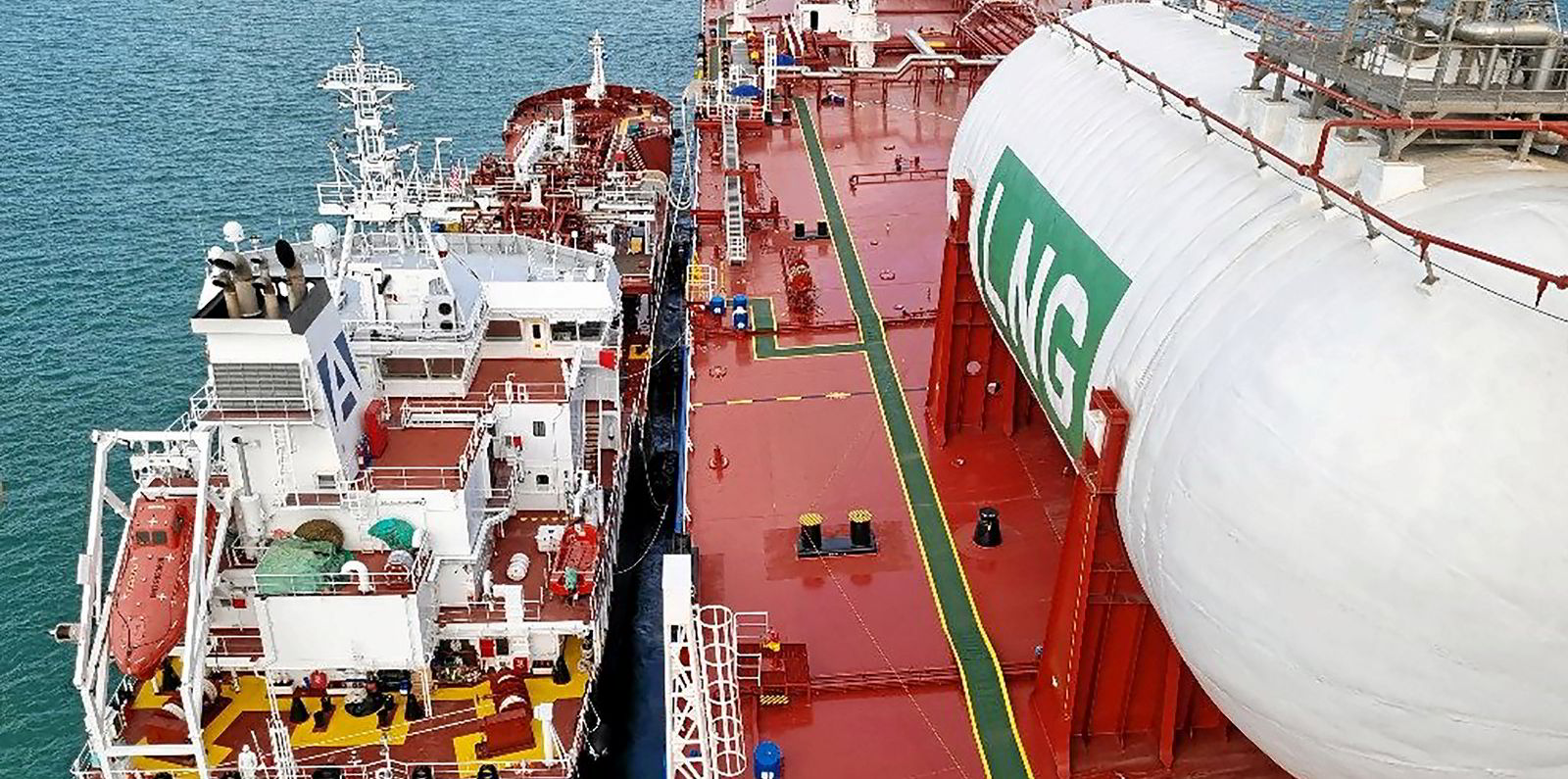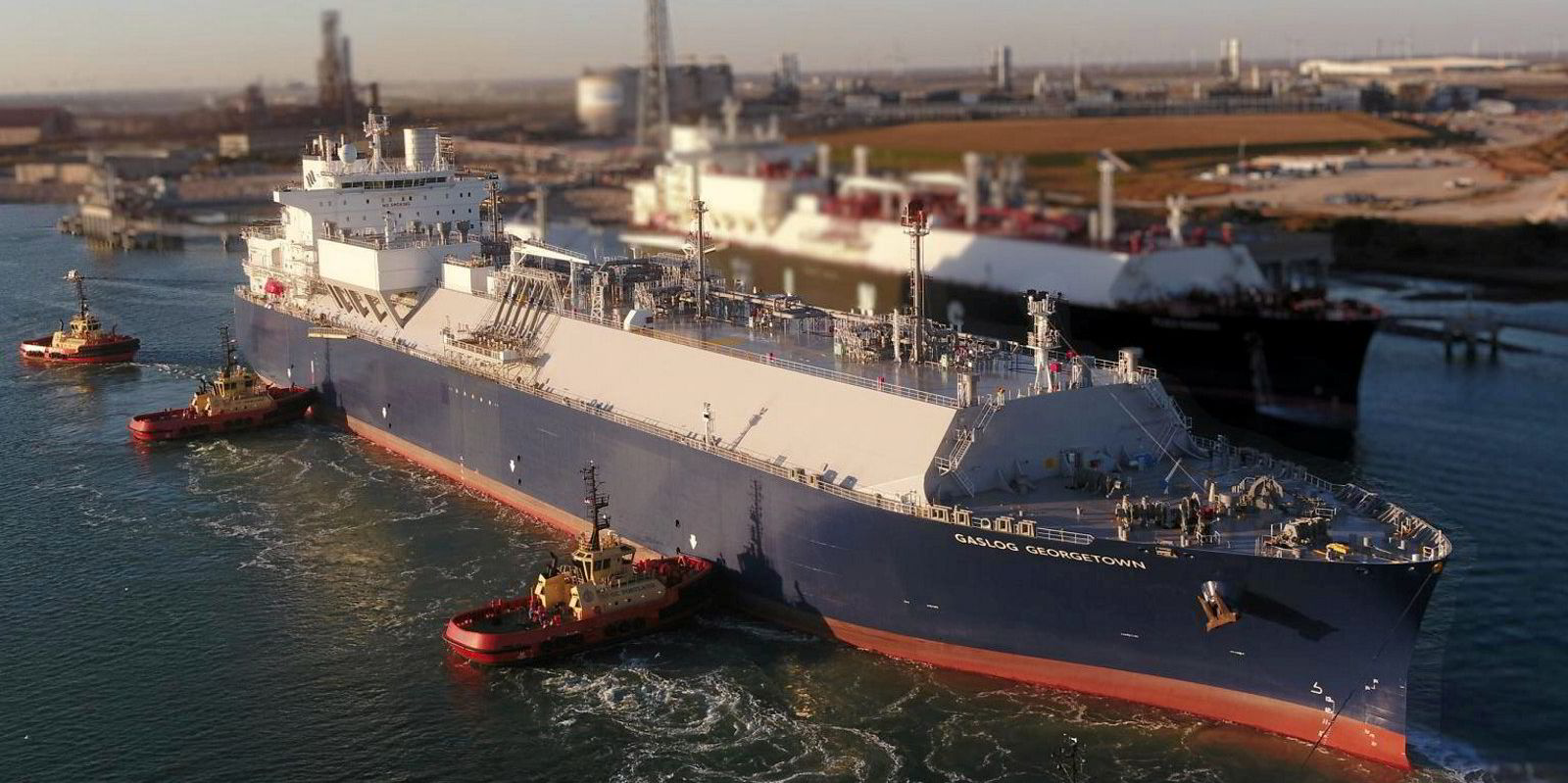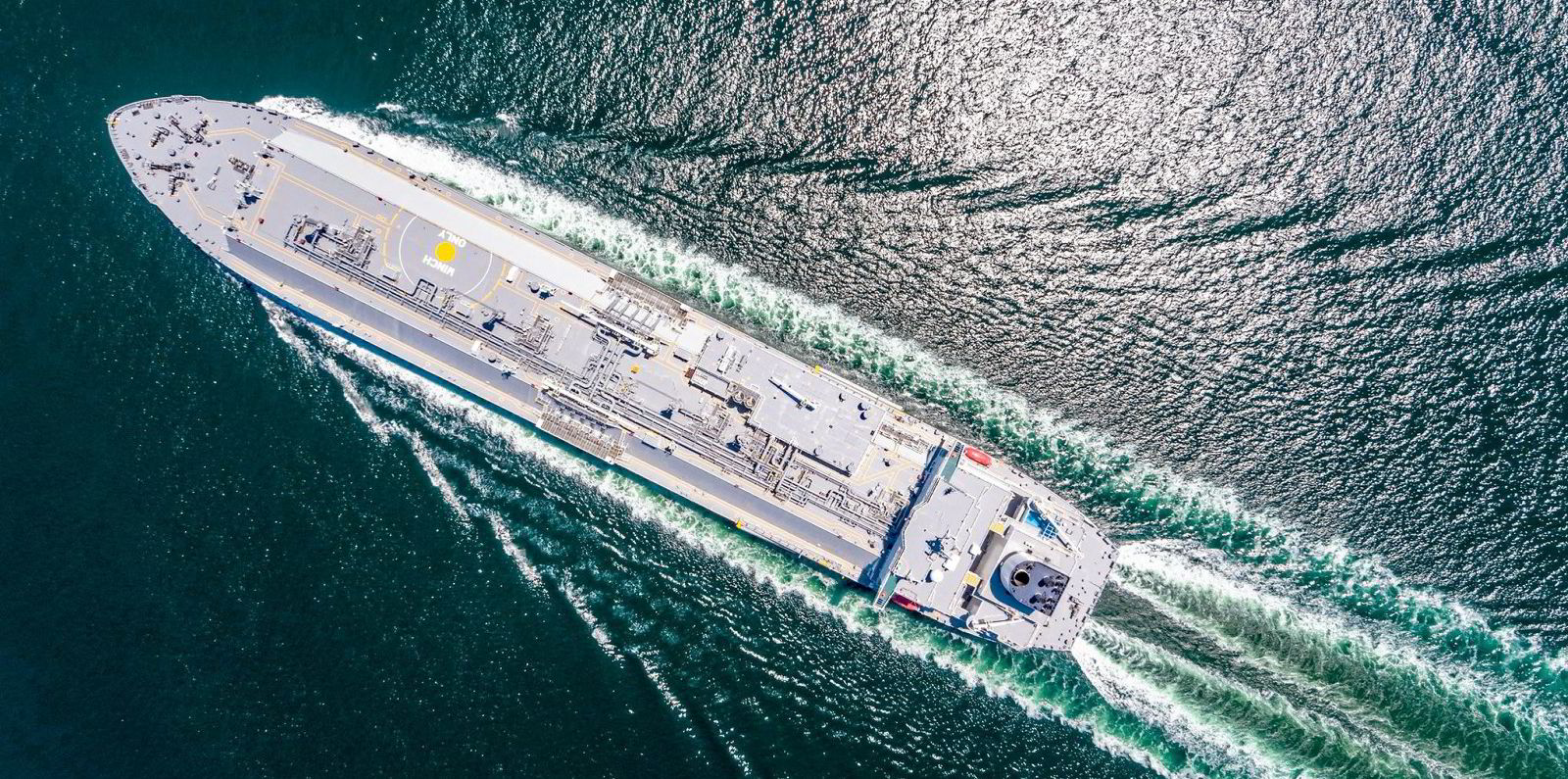LNG demand is expected to grow as the world seeks replacements fuels to cut carbon emissions, according to the International Association of Liquefied Natural Gas Importers (GIIGNL).
In a forward to GIIGNL’s 2022 annual report, published today, president Jean Abiteboul said: “In the future, the much-needed substitution of coal and polluting liquid fuels as well as the geographical mismatch between natural gas production and consumption regions will generate significant additional LNG demand.”
“LNG has clear potential to support economic growth and the achievement of net-zero carbon ambitions, provided that additional investments in all stages of the natural gas and LNG supply chains are made to meet expected demand growth.”
The president added that the LNG industry is continuing its efforts to cut the carbon footprint of its supply chain and improve transparency on emissions, including methane.
Abiteboul said persistent supply constraints and fast recovering demand put strong upward pressure on LNG prices in 2021 and highlighted the interdependence and vulnerability of energy supply chains.
He said the price volatility has been exacerbated by the Russia-Ukraine conflict.
“ ... the current European energy crisis proves to be a stark reminder of LNG’s vital role in ensuring energy security and economic stability,” he said, with governments and public institutions becoming increasingly involved in business.
He highlighted a return to long-term LNG contracts during 2021, in a market characterised by geopolitical tensions, risks of energy shortages and price volatility.
462-mtpa: Total liquefaction capacity
993-mtpa: Total regasification capacity
19: Exporting countries
44: Importing countries
7: New LNG regasification terminals
372.3mt: Global LNG imports in 2021
136.3mt or 36.6% of total trade: imported on a spot or short-term basis
World LNG fleet: 700 vessels [including 48 FSRUs, 33 small-scale LNG carriers of less than 50,000-cbm and 31 LNG bunker vessels]
LNG orderbook: 166 vessels
Deliveries scheduled for 2022: 32 vessels
In 2021, he said LNG imports “returned to robust growth”, up 4.5% or 16.2 million tonnes (mt) on the previous year to reach 372.3 mt.
GIIGNL identified Asia as “the main demand centre”, growing by 7.1% with China overtaking Japan to become the top importing country.
The US added 22.3mt of new volumes and increased its exports by almost 50% becoming Europe’s number one supplier.
Abiteboul said LNG production has been “struggling to keep pace with demand, which sent spot LNG prices upwards.

In 2021 some 12.4-mtpa of additional liquefaction capacity came onstream, 5-mtpa of which was in the US. But this was offset by outages at other plants.
Just two final investment decisions — Qatar’s 33-mtpa North Field Expansion and the 5 mtpa Pluto LNG Train 2 in Australia — were taken.
GIIGNL said the LNG fleet reached 700 vessels during 2021 and saw a 9% increase in cargo capacity. This includes 48 floating storage and regasification units and 31 LNG bunkering vessels.
The body highlighted that LNG freight rates remained very strong throughout the year with the average spot charter rate for a 160,000-cbm LNG carrier at around $89,200 per day, compared to $59,300 per day in 2020.
Abiteboul said the orderbook closed 2021 at a “remarkably high” 196 units which are all due for delivery by 2025.
Global regasification capacity rose by 46-mtpa during the year to reach 993 mtpa with four new large-scale terminals starting operation during 2021 in Brazil, Croatia, Indonesia and Kuwait.
GIIGNL said six new markets — El Salvador, Ghana, Hong Kong, the Philippines, Senegal and Vietnam — could start importing LNG in 2022.






